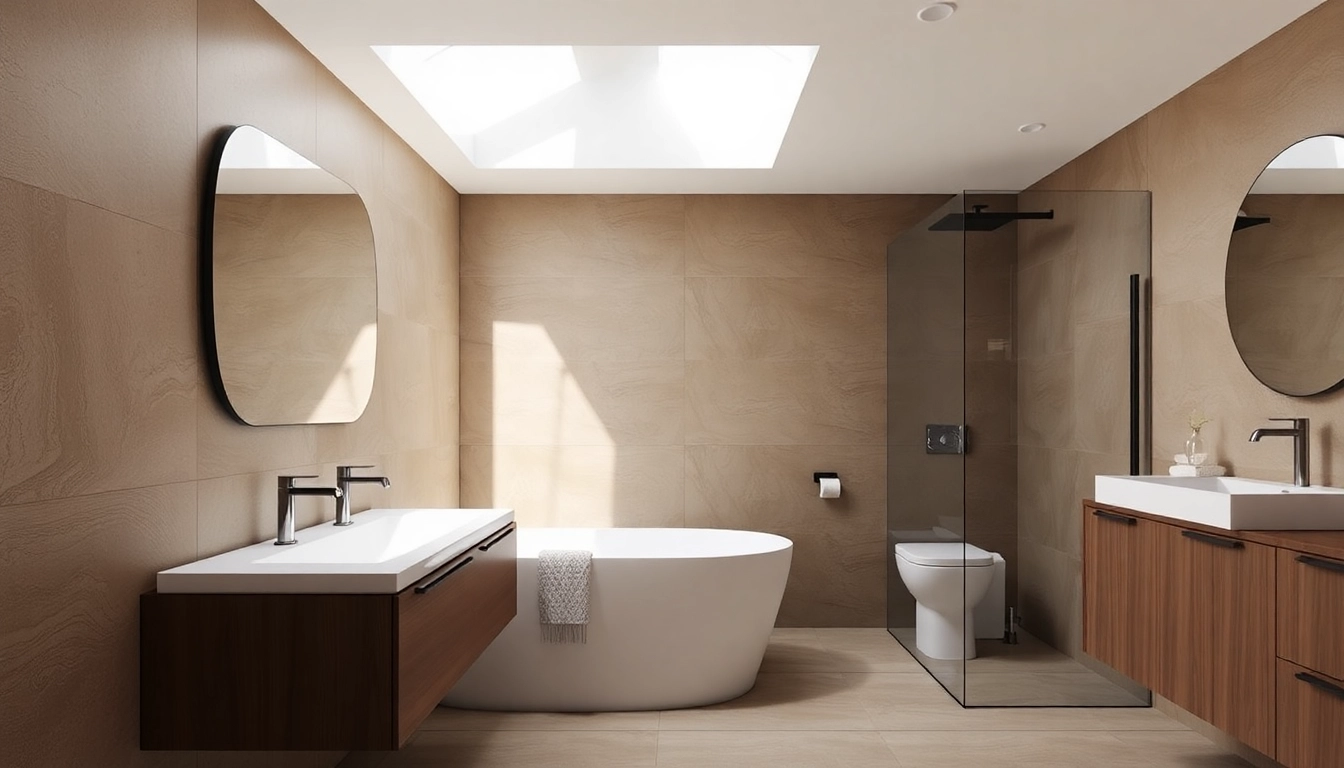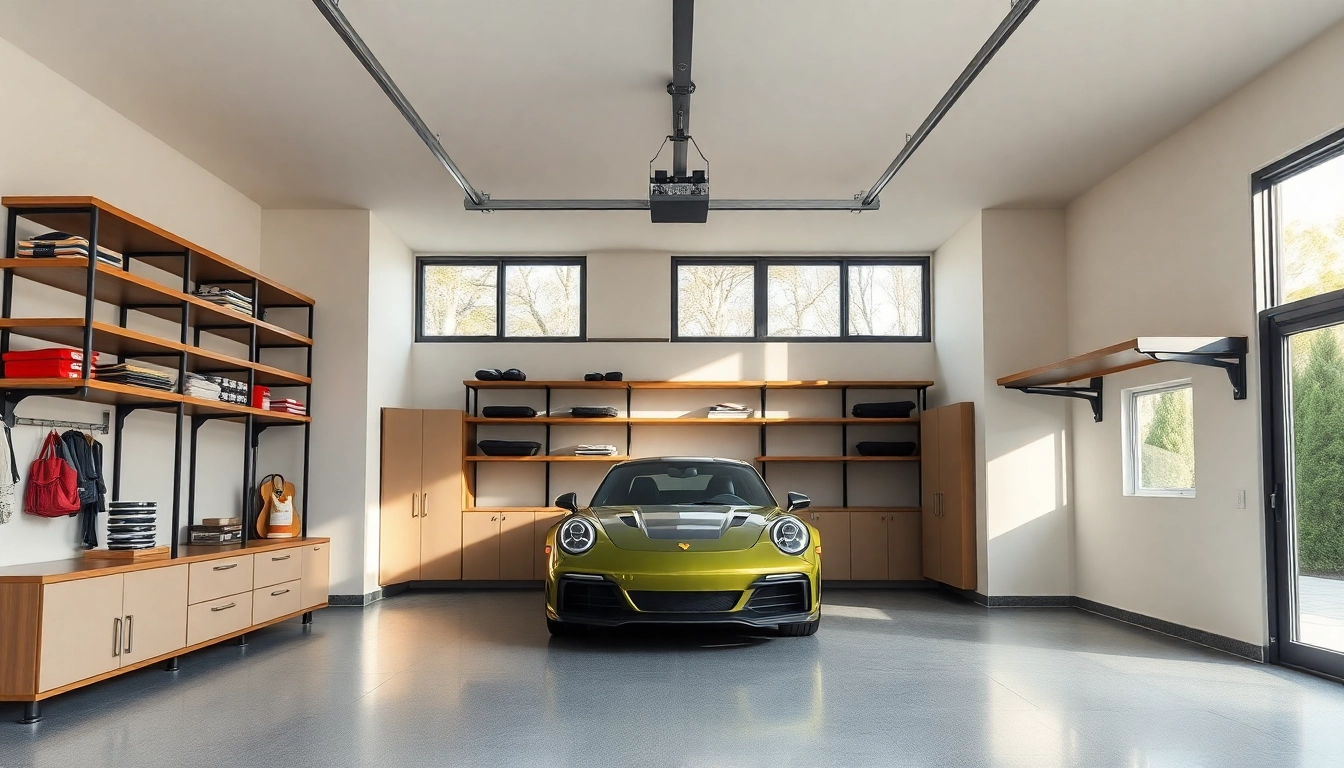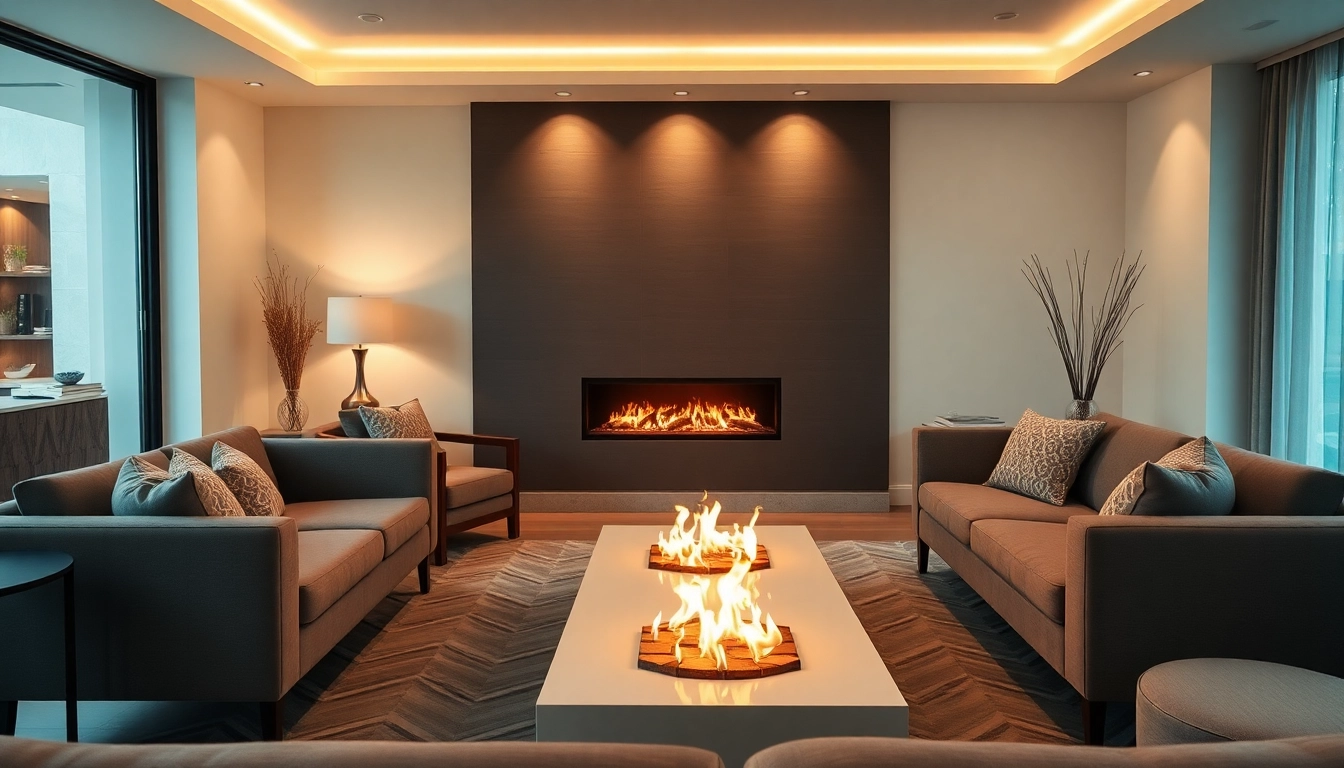Understanding Sliding Partition Walls
What are Sliding Partition Walls?
Sliding partition walls are innovative solutions that enable flexibility and adaptability in both residential and commercial spaces. Unlike traditional walls, which are fixed and immovable, sliding partition walls can be easily opened or closed to create diverse layouts. Typically, these walls are made from various materials such as wood, glass, or fabric, and they operate on a track system, allowing them to glide smoothly back and forth. As space optimization becomes increasingly essential in modern design, sliding partition walls have gained popularity for their aesthetic appeal and functional versatility.
Advantages of Installing Sliding Partition Walls
The installation of sliding partition walls comes with a multitude of advantages. Firstly, they significantly enhance the functionality of any space by allowing for easy reconfiguration. This is especially beneficial in offices, where the need for open spaces may vary throughout the day. Secondly, they contribute to better space utilization; when not in use, these walls can slide away, freeing up valuable floor area. Additionally, sliding partitions can offer acoustic separation, making them ideal for environments requiring quiet, such as lecture halls or private offices.
Moreover, aesthetics play a crucial role; sliding partition walls can be designed with various finishes that complement existing decor. Energy efficiency is also a noteworthy benefit; certain partition types can include insulation that contributes to overall building efficiency. Lastly, installation can often be less invasive and complex than building permanent walls, thus saving time and resources.
Common Materials Used for Sliding Partition Walls
Sliding partition walls can be constructed from an array of materials, each bringing distinct benefits and styles. Common materials include:
- Glass: Offers a modern, sleek look with abundant natural light while still providing privacy through frosted or tinted finishes.
- Wood: A classic choice, wood provides warmth and versatility, easily fitting many aesthetic environments.
- Fabric: Fabric partitions allow for vibrant colors and patterns, making them perfect in a more casual setting or for temporary installations.
- Metal: Often used in commercial settings, metal partitions are durable and can be designed to integrate with the building structure seamlessly.
Applications of Sliding Partition Walls
Residential Uses of Sliding Partition Walls
In residential settings, sliding partition walls can dramatically alter the functionality of a home. They are commonly used to divide large open-plan areas into smaller, more intimate spaces, allowing homeowners to optimize their living spaces. For instance, a large living room can be transformed into a cozy den or entertainment area when a sliding partition is closed. Additionally, in smaller homes or apartments, these walls can act as flexible room dividers, effectively converting one room into multiple spaces as needed, enhancing versatility without permanent construction.
Commercial Applications of Sliding Partition Walls
Sliding partition walls are particularly advantageous in commercial environments. Offices frequently utilize these partitions to create temporary meeting rooms or collaborative spaces that can be adapted to staff needs throughout the day. In restaurants, sliding walls can quickly change dining layouts depending on guest traffic. Educational institutions employ sliding partitions for classrooms, allowing for instructional flexibility and improving learning environments. The ability to reconfigure a space on demand significantly aids in maximizing occupancy and functionality.
Custom Designs for Unique Spaces
One of the significant appeals of sliding partition walls is the potential for customization. Businesses and homeowners alike can tailor these walls to fit specific aesthetics and requirements. Custom designs range from artistic murals on fabric to high-tech glass partitions with smart technology integration, such as adjustable opacity or embedded displays. Tailored solutions can also take into account specific space measurements, ensuring effective functionality and visual harmony within the overall décor.
Installation Process for Sliding Partition Walls
Preparing Your Space for Installation
Before beginning the installation process, proper preparation is essential. This includes evaluating the space for suitable wall conditions and allowing for sufficient overhead clearance for the sliding mechanism. It’s critical to measure the area reliably to ensure the selected partitions fit perfectly. Additionally, consideration should be given to the overall design and style to ensure cohesive integration with the existing interior. Clear any obstacles that may interfere with access to the installation site, and ensure that there is ample room for the partition to slide back fully.
Step-by-Step Guide to Installing Sliding Partition Walls
The typical installation process for sliding partition walls involves several key steps:
- Prepare the Site: As mentioned, clear the installation area and ensure proper measurements.
- Install the Track: Most sliding partitions use a ceiling- or wall-mounted track system. Secure the track according to manufacturer instructions, ensuring it is level and securely attached.
- Attach the Panels: Position the sliding panels onto the tracks. Depending on the design, this may involve hanging mechanisms or hardware attachments. Ensure the panels slide smoothly.
- Final Adjustments: Adjust the panels for balance and alignment. Check that they operate without obstructions.
- Finish and Seal: If necessary, apply any seals or finishing touches to enhance the appearance and functionality of the partition.
Cost Considerations and Budgeting
The costs associated with installing sliding partition walls can vary widely based on factors such as material choice, custom design elements, and the complexity of the installation process. As a general guideline, homeowners and commercial clients should expect to budget for materials, hardware, labor, and potential additional features such as acoustics or specialized finishes.
It is advisable to obtain multiple quotes from suppliers and contractors to ensure a competitive price and assess the options available. Investing in quality products can yield long-term benefits, making it essential to balance budget constraints with the desired durability and aesthetic appeal.
Maintenance and Care for Sliding Partition Walls
Cleaning and Upkeep Practices
Regular maintenance of sliding partition walls ensures their longevity and performance. Depending on material, cleaning can involve various methods. For instance, glass surfaces may require streak-free window cleaners, while wood may benefit from specialized wood cleaners and gentle polishing methods.
Additionally, regularly inspect the track and sliding mechanisms for debris or wear. Lubricating the tracks periodically can enhance smooth operation and prevent jamming. If the partitions include fabric coverings, follow the manufacturer’s care instructions for washing or maintaining fabric integrity.
Common Issues and Troubleshooting
While sliding partition walls are generally reliable, issues can arise over time. Common problems include difficulty in sliding, misalignment, and surface wear. Troubleshooting these issues often begins with inspecting the track for obstructions or debris. If panels become misaligned, adjusting their position on the track may remedy the problem.
When considerable effort is needed to move the panels, check the lubrication of the tracks. If problems persist, consulting with a professional may be the best course of action to avoid damage or further complications.
When to Call a Professional for Repairs
Certain situations warrant the expertise of a professional. If significant structural issues arise or if there’s extensive damage to the panels or track, contacting a specialist ensures proper handling. Additionally, if you’re considering retrofitting or drastically modifying existing partitions for new functionality, a professional’s insight can provide viable solutions that align with your space’s requirements and aesthetic.
Innovative Trends in Sliding Partition Walls
Latest Designs and Technologies in Sliding Partitions
The industry surrounding sliding partition walls is rapidly evolving, with new technologies and designs emerging to enhance user experience. Smart sliding partitions with integrated technology allow users to control transparency and acoustic properties through smartphone apps or wall-mounted controllers. Such advancements are particularly appealing in commercial spaces needing adaptable environments.
Furthermore, biophilic designs are gaining traction, incorporating natural elements like bamboo or green walls that enhance both the aesthetic appeal and air quality of spaces. These trends reflect a broader shift toward hybrid, multifunctional spaces that prioritize flexibility and well-being.
Sustainability Practices in Partition Production
As sustainability becomes a crucial consideration in modern construction, partition manufacturers increasingly focus on environmentally friendly practices. Sustainable materials such as recycled woods, low-VOC paints, and energy-efficient glass are being prioritized. Additionally, manufacturers are adopting production methods that minimize waste and reduce carbon footprints, promoting a more sustainable industry standard.
Consumer Preferences and Market Insights
Market research indicates a growing consumer demand for flexible space solutions that align with contemporary lifestyle trends. Many consumers prioritize multifunctionality in their living and working environments, which drives the popularity of sliding partition walls. Furthermore, aesthetics remain a strong consideration, pushing for unique designs that resonate with individual tastes.
As urban spaces become increasingly compact, the transitions toward open-concept living and the need for versatile commercial environments are set to solidify the initiative behind sliding partition walls, making them not just a trend but a substantial aspect of modern design paradigms.



